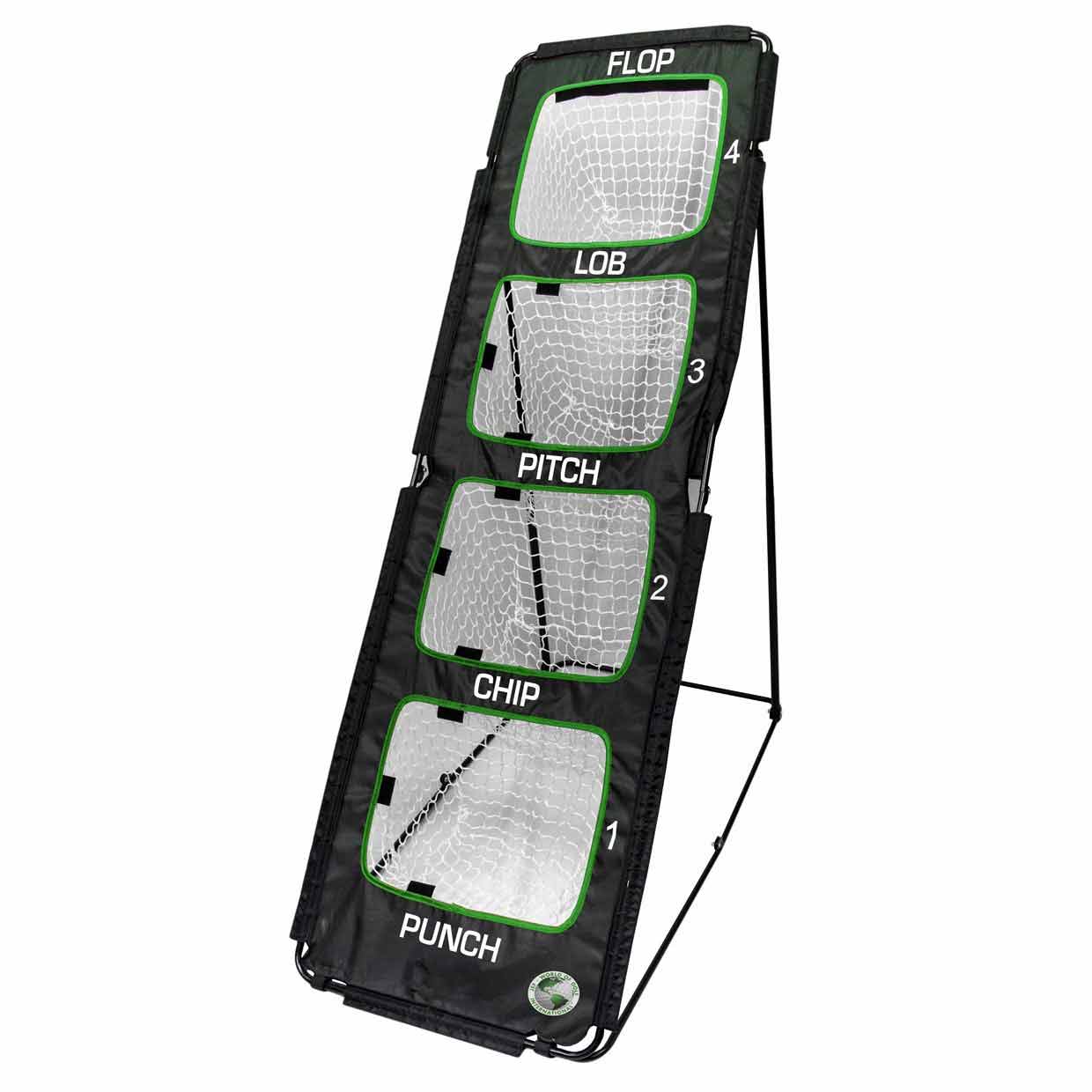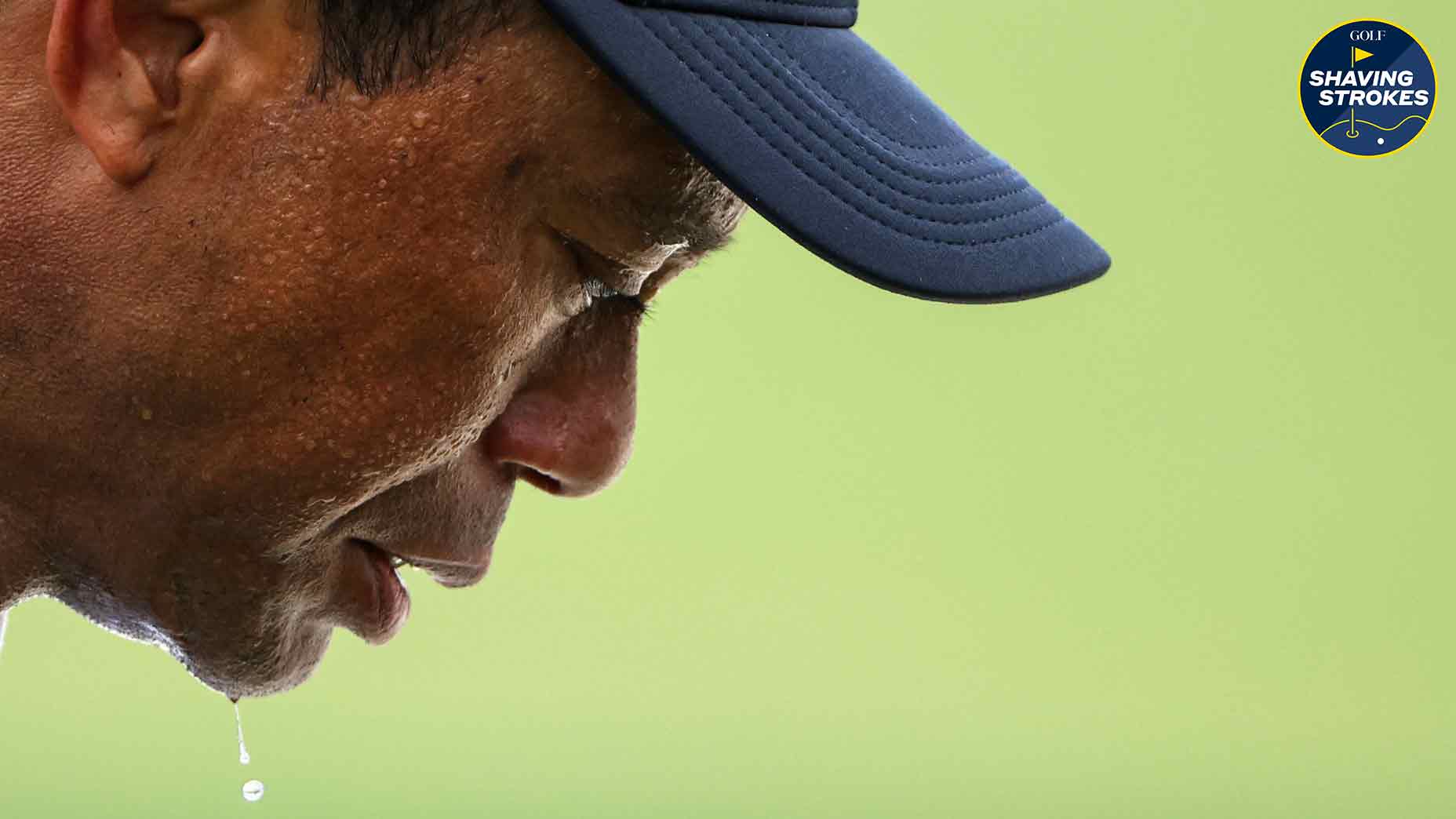21 for 21: 21 things I learned from pro golfers in 2021
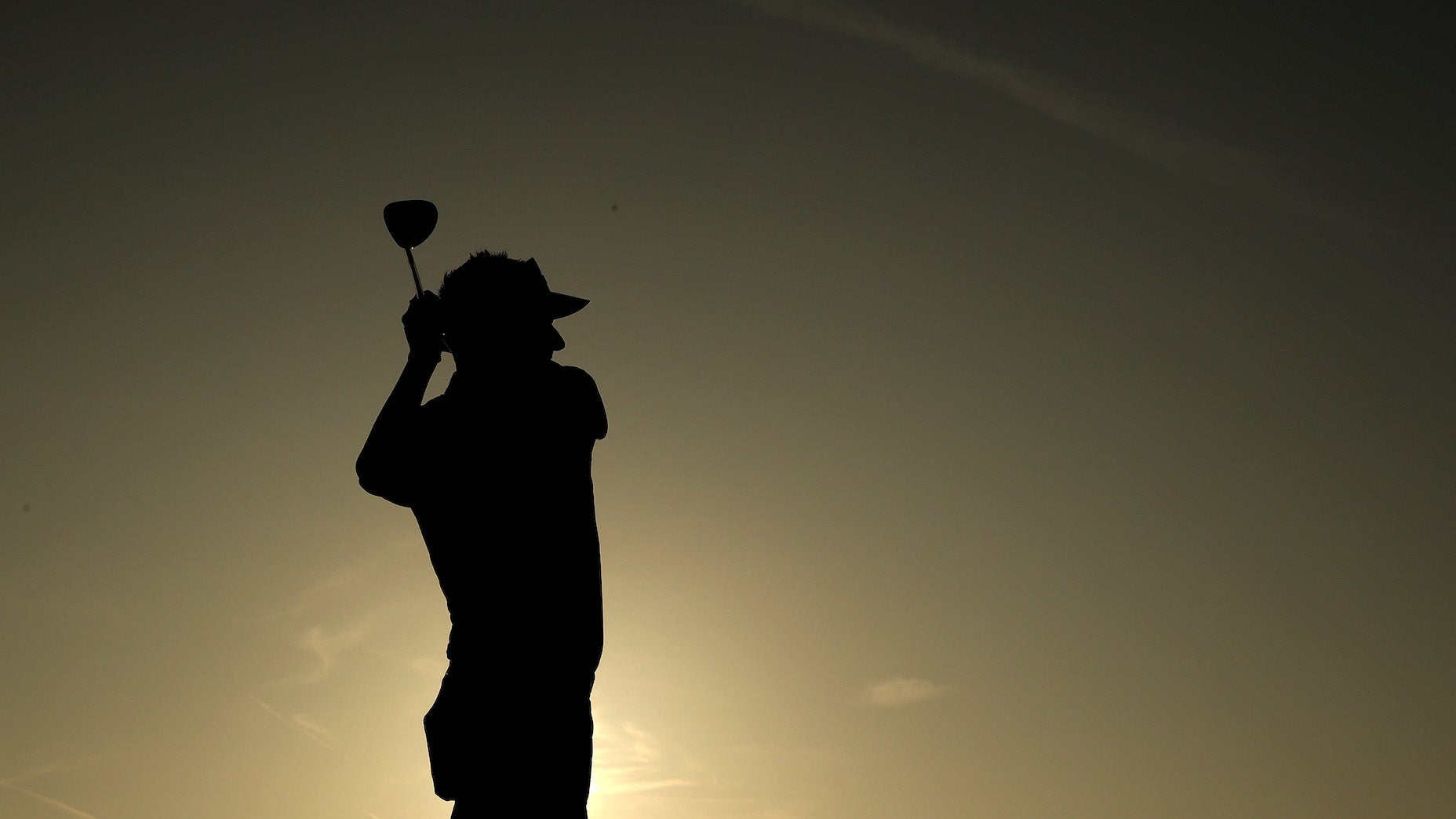
There's lots of untapped wisdom on tour that the rest of us can learn from.
Getty Images
The nature of my job means I get to talk with lots of different golfers about a variety of nerdy topics. Many of those conversations come with PGA Tour players and the team around them. And while it may seem slightly obvious, I always walk away from those conversations amazed at how deeply these players understand their craft. Even those players we may assume are more instinctual are still endlessly fascinated by the game, and boast an incredible breadth of knowledge about it.
Below are some of the things that I noticed keep popping up in my conversations over the past year, ranging from more technical pieces of advices to the softer forms of instruction.
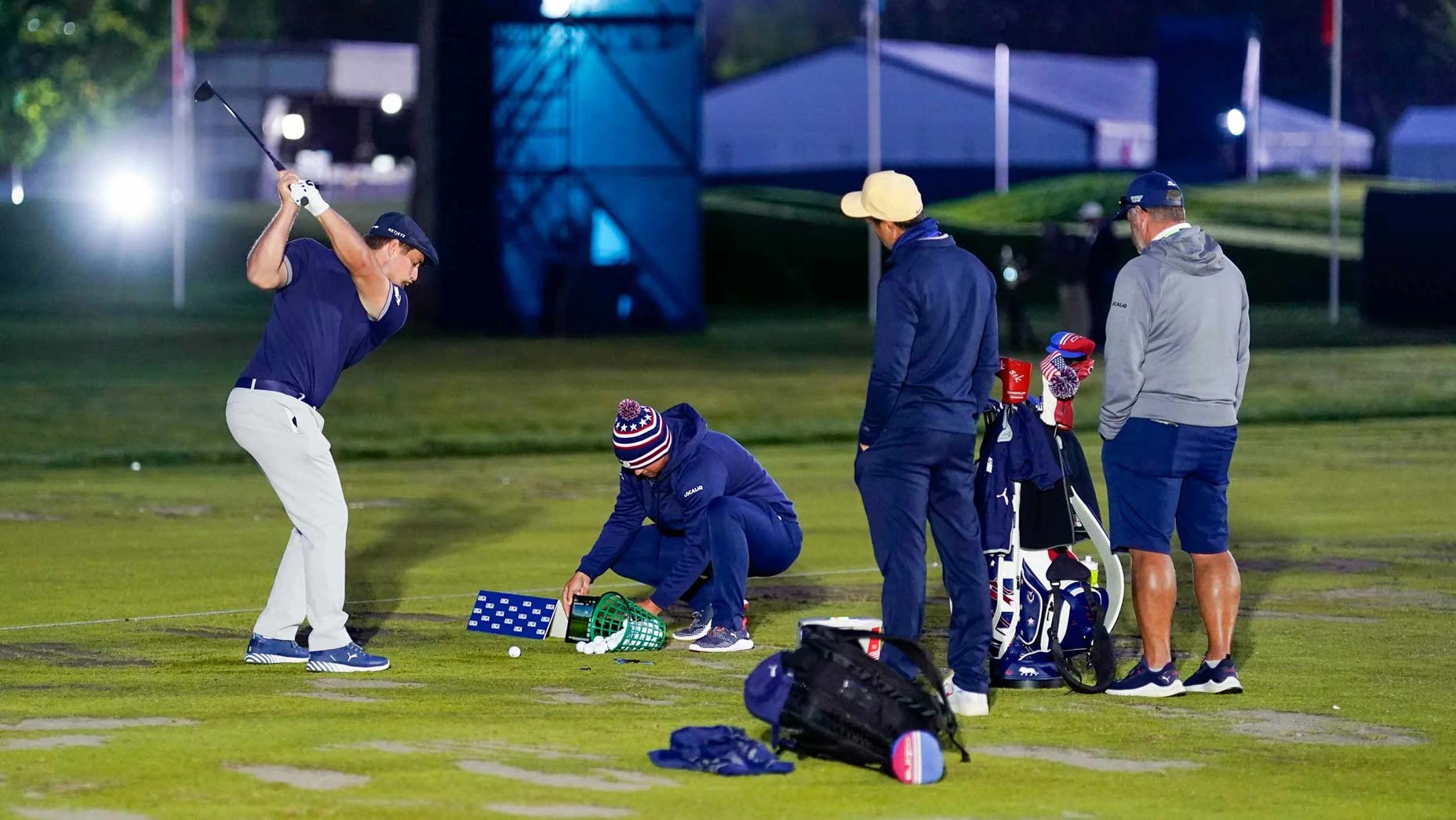
1. Everybody needs a team
As fans, it’s easy to get lost in the talent of players actually hitting a golf shot. There’s much to admire there for sure, but players will be some of the first to tell you they have a team of coaches, trainers, and caddies and more around them.
“I wouldn’t be anything without my team,” Bryson says. “I owe them so much.”
It’s good advice for the rest of us: If you want to make 2022 you truly help you, find a teacher who can assist.
2. Range of motion
When pros think about hitting the ball longer, they immediately start looking at their own body. And when they do, they don’t start bulking up right away. Instead, they start trying to get more mobile and flexible in the areas where they’re currently not.
“Range of motion is a big deal,” Max Homa told me.
“Dustin Johnson can swing the way he swings because his body allows him to do that. I can’t quite do that at the moment,” Homa says, explaining that getting his hands high on the backswing is an area where he’s trying to get more flexible. “Not all of us have perfect range of motion. I have a whole list of correctives I work on every day to open up different areas of my body.”
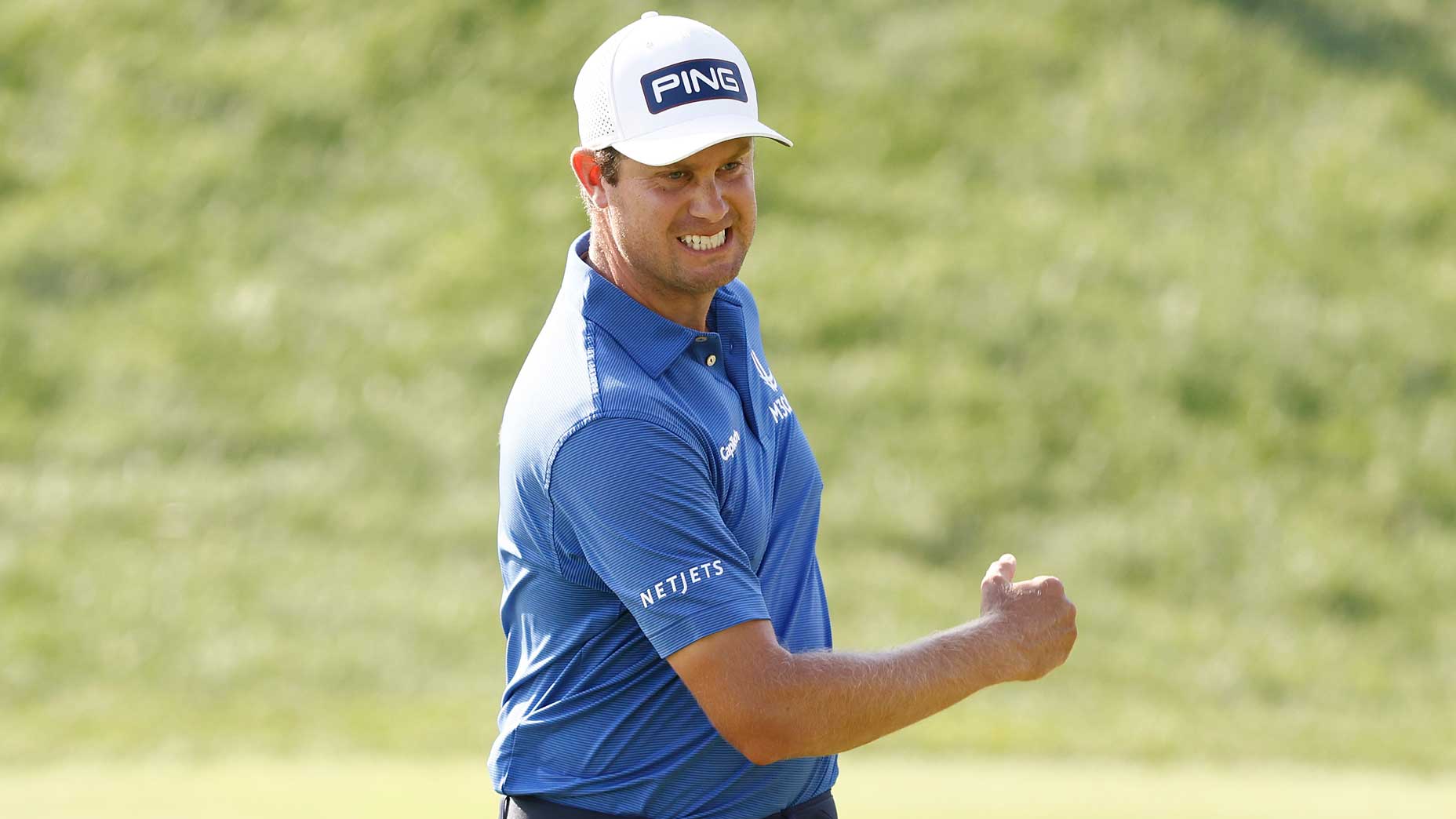
3. Everybody’s confidence is fragile
They’re the best golfers on the planet, but they’re also human beings, just like the rest of us. When things go wrong, either in golf or in life, their confidence wavers.
“One bad shot would unravel me,” Harris English said. “You’re trying to get on the other side of your lull and one bad shot is like, ‘Here we go again, here, I’m back in the same spot, I’m not getting any better.’”
4. Be the best version of you
In that interview, Harris English added something else rather interesting:
“It’s easy to fall down the rabbit hole of trying to search a lot, because every week you play with somebody that you might think does this or that better,” English says. “I’ve learned of not to go up-and-down the range of saying, ‘I need to be like Dustin or Justin Thomas or Xander Schauffele.’ I need to be the best version of myself and work at doing the things I do well.”
That idea, being the best version of you, is something pros talk about all the time. They want to improve wherever they can, but not if it means trying to imitate someone else, that’s not a line they’re ever willing to cross. It was something I was reminded of walking a practice round with PGA Tour journeyman Ryan Armour at a PGA Tour event.
“I’m never going to hit the ball as long as him,” he told me, pointing at Bryson. “But I have a lot of long irons into greens. If I can work on hitting those a little better, I can save a couple of shots immediately.”
Had a great time talking with @GregChalmersPGA the other day about all the awesome work he's doing gaining speed
"I feel better now at 48 than I did for the last 20 years."https://t.co/HEajI1SiC3
— LKD (@LukeKerrDineen) December 22, 2021
5. Speed is a necessity (and it’s never too late)
In our recent interview, hitting the ball far used to be an added bonus, says Greg Chalmers. Now it’s a necessity. Whether you’re a junior, a mid handicap, or an older golfer, it’s never too late to add some speed to your game. And that’s good news, too, because it’s never been more important.
6. Keep your putter a consistent weight
Pros switch putters all the time (though the very best putters, more often than not, seem to stick with a tried-and-true model). But if you’re someone who likes switching up the look of their flatstick, make sure you keep it the same weight, Kevin Na says. Switching around putters with different weights will rob you of all feel, and you’ll struggle on long putts.
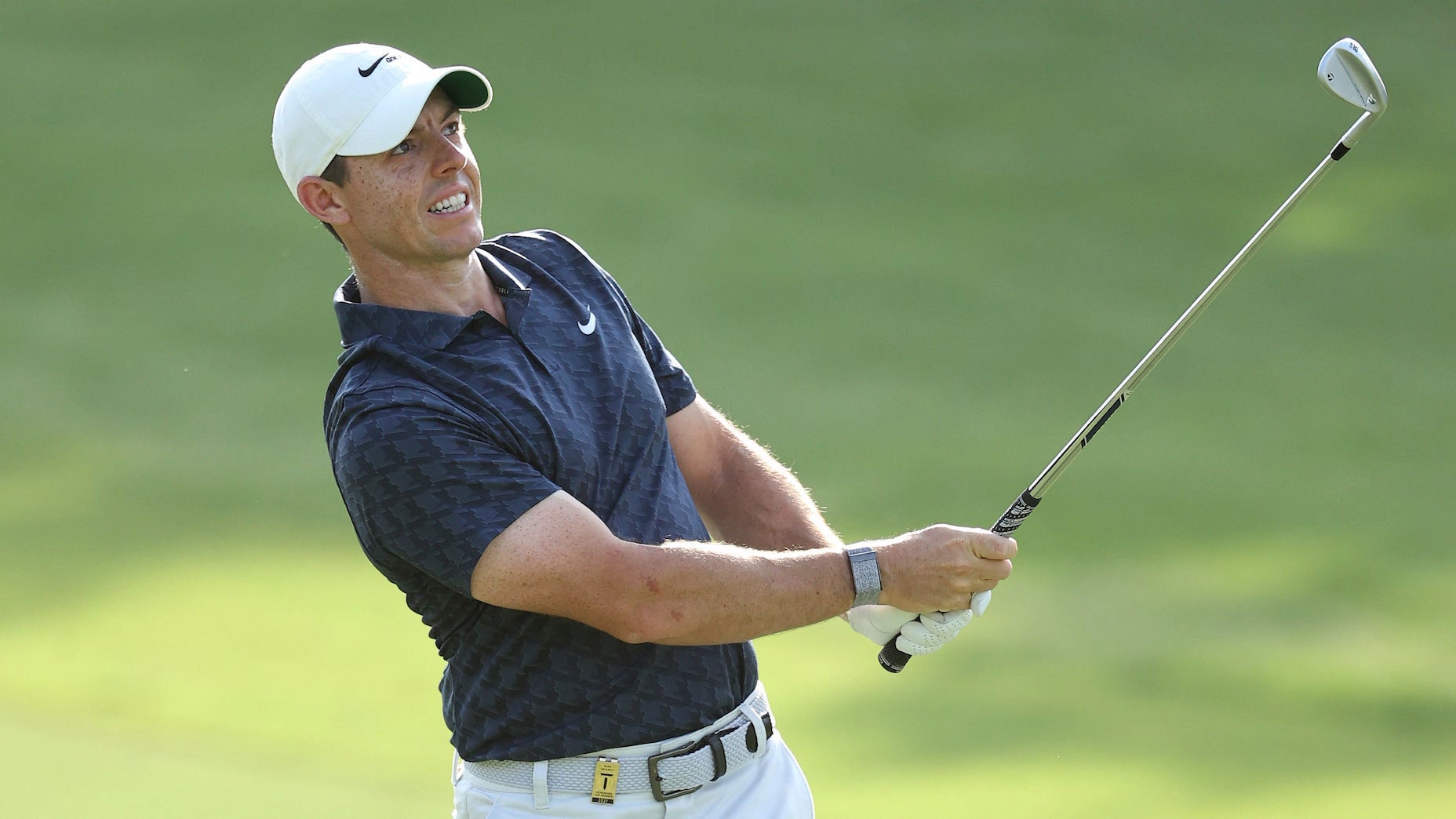
7. Bounce is your friend
Rory has often struggled with his wedges, but it’s getting better recently. Why? Because he embraced bounce on his wedges. The more bounce, the harder it’ll be to dig your wedge into the ground and flub shots short of the green.
“Bounce is certainly your friend,” he said.
8. It doesn’t matter how something looks
It always amazes me how little pro golfers care about how strange something may look. Some care, of course, but most of them really don’t. It’s a lesson for the rest of us. The best golfers on earth will try anything if it helps them get a little better, from reverse arm-anchoring like Matt Kuchar to looking at the hole during putts, like Tony Finau.
“I didn’t feel as free as I wanted, so my coach just said, ‘Well, why don’t you just look at the hole.’ I started doing that, and it just started bleeding right into the tournament. I didn’t have a game plan for it but it seems to have freed me up,” he said.
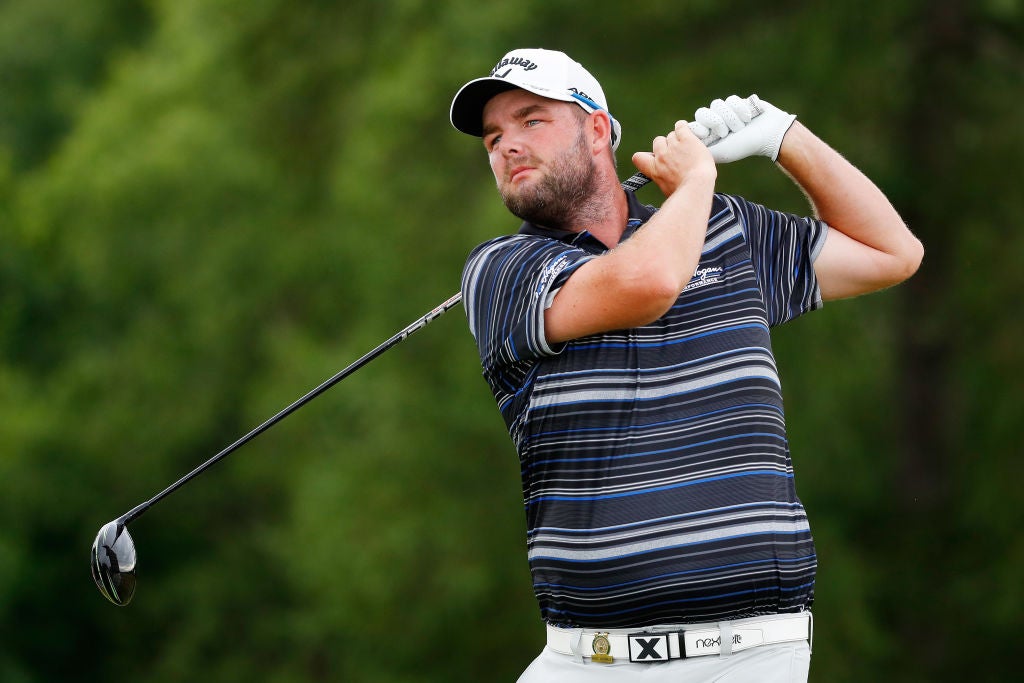
9. Use a low tee for fairway-finder drives
This is something I see pros do all the time. In fact, I should probably write another story about it.
* takes mental note *
Justin Thomas tees it low all the time when he needs to find a fairway, and for Marc Leishman, teeing it low more often was a career-altering moment. When you tee it low, it’ll impart more backspin onto the ball, which helps the ball stay between the goal posts.
“I started teeing it lower and hitting this spinny fade into play,” Leishman, talking about how he conquered his early-career struggles, said.. “It didn’t go far but I knew I could control it, then over the years I learned to hit it further.”
10. Practice shots out of fairway bunkers
Sean Foley is a huge believer in this method. Practicing doesn’t just have technical benefits — it helps you stay stable and perfect clean contact — it can improve your mentality, too. In short, it makes golf more difficult, which forces you to figure it out.
When you get these extra-special athletes and somebody asks me what I work on with them, I tell them that all the kids I have that are extra-special athletes, they’re not hitting shots off the fairway,” Foley says. “They’re hitting shots out of fairway bunkers. Their whole practice is in a fairway bunker, because why not? Why wouldn’t you do that? If you make the environment more difficult, the super-learners are just going to get better before you even say a word.”
11. Beware restriction
2021 will forever be the year Phil Mickelson won the PGA Championship, and throughout his entire career, Phil Mickelson has been a staunch opponent of restriction in the golf swing. He wants a long, tension-free golf swing, as does another Hall of Famer, Vijay Singh.
“It’s so important having great extension in your arms when adding length in your backswing,” he said, adding that he’ll start each warmup session making super-long swings with his lob wedge. “Create a big, high arc.”

12. Use the line on your golf ball*
There’s an asterisk here because, in truth, pros are all over the map when it comes to the question of using the line on their golf ball. Dustin Johnson has done both. Rory says it makes him feel like he’s aiming left. Tiger uses it on the greens. Bryson is so loyal to his line, he even uses it off the tee.
In short, try all of it, and see if any of it sticks.
13. Get creative with your wedges
When you’re practicing your chipping, have fun with it. Try hitting shots high and low with the same club. Practice hitting different distances by varying the length of your swing. Get creative — that’s the key to a magical short game.
“I’ve got three swings with each wedge: a half, a three-quarter and a stock swing,” DJ says. “I work on all three swings with all three wedges.”
Harry Higgs hitting one high, one low, to the same pin. pic.twitter.com/5ncpRNGbqX
— LKD (@LukeKerrDineen) December 29, 2021
14. React
This was a word I keep hearing pop up on tour, so much that I ended up writing about it. When they’re on the course, pros are constantly thinking about reacting to the target. They’ve done the work; when they’re over a shot, that’s the time for their instincts to take over.
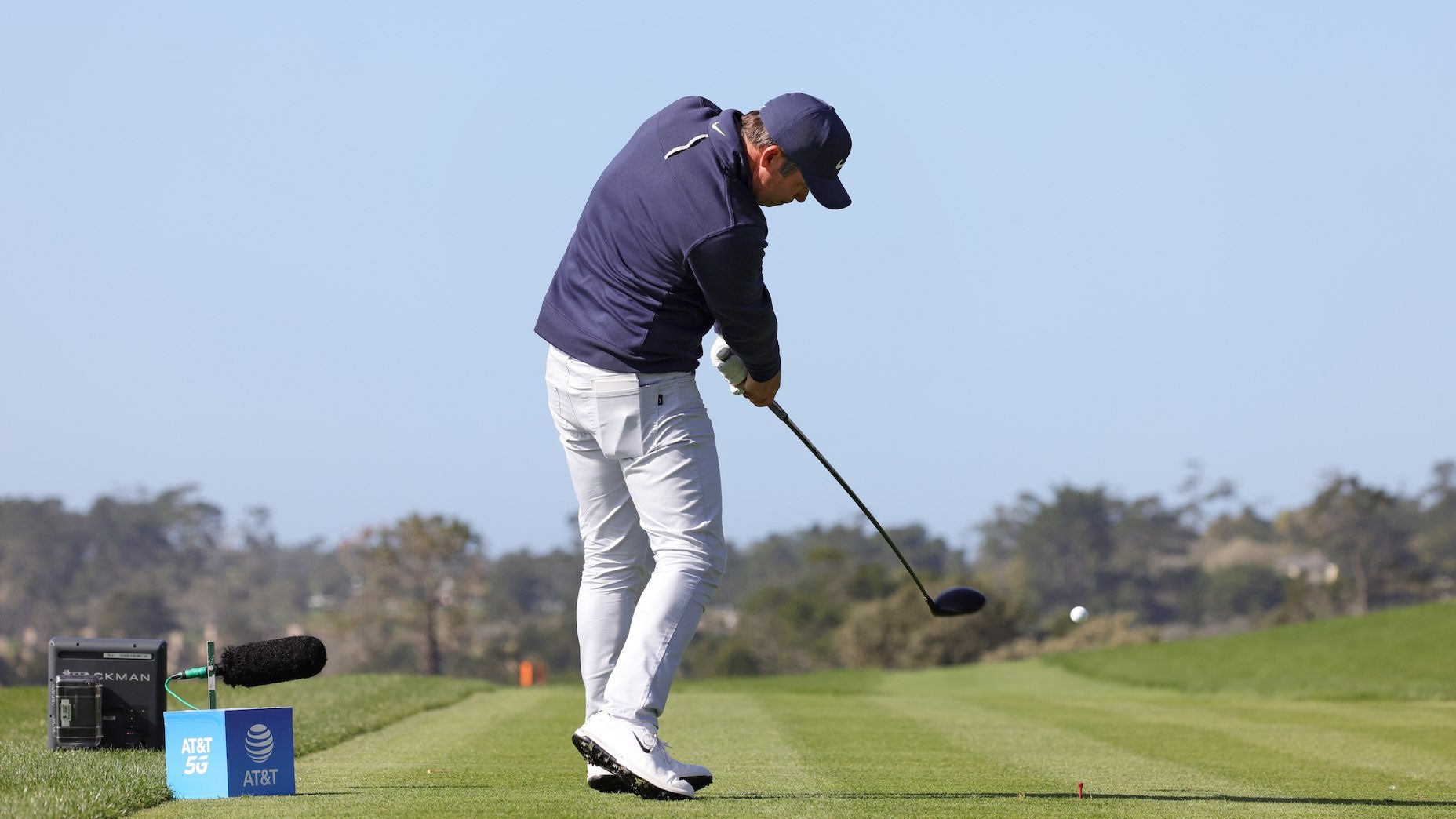
15. Take note of the wind on the driving range
File this under things pros think about a lot that amateur golfers never think about. When the wind is whipping across the driving range, beware. Your natural reaction will be to compensate your swing in order to hit the ball straight — which is perhaps the worst thing you can do. So bad that Paul Casey will ban himself from the driving range in such situations.
16. Know your body’s limitations (and work on them)
We touched on this earlier, because pros think about it so often that it’s worth reiterating. It’s something they work on literally every day, whether you realize it or not.
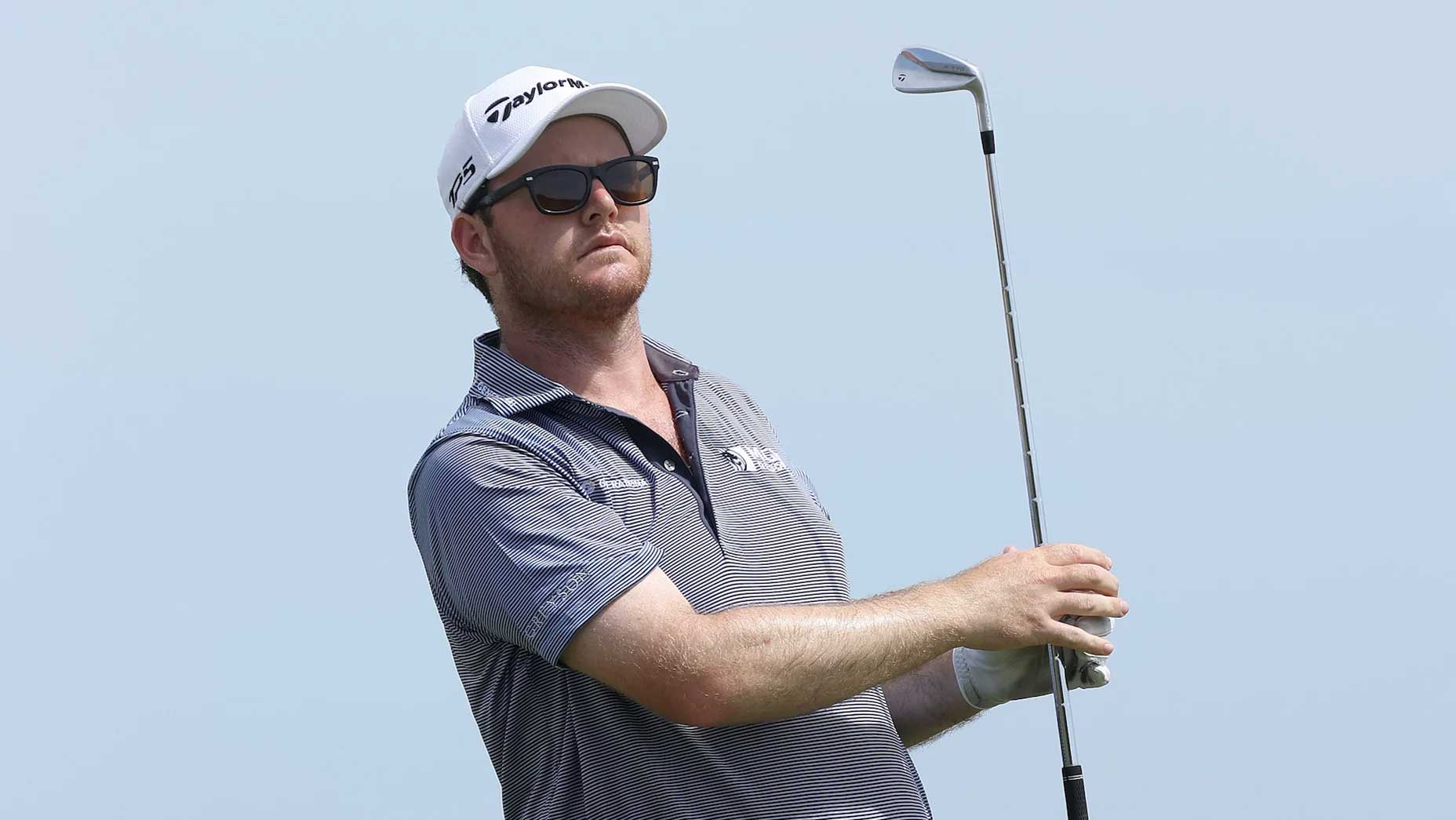
17. You’re never too good for game-improvement irons
Touches on the pros don’t care how it looks point from earlier, but Harry Higgs said it best:
“I really don’t pay attention to what’s in other people’s bags to be quite honest with you, but there are [scratch players] that are so obsessed with having blade irons,” Higgs told Fully Equipped. “And they might be a great swinger of the club and skilled enough to use them, but if I’m over here using – I jokingly call them game-improvement irons – why wouldn’t you? Usually that scratch player is like, ‘Oh I’ve hit blades forever.’ And it’s like a macho thing, right? ‘I’m the guy that hits blades at our club.’ It’s like, well, you might literally shoot lower scores if you don’t swing those irons. I’m pretty sure that the endgame of all this is to shoot the lowest score possible, right? So it may be, look, it might not work for everybody, but I think most people could…actually, if a PGA Tour pro is worried about his mishits and where they go, and how far they go, then everybody should be. So yes, it’s worth taking a look at maybe hitting something that’s a little bit easier to hit, and has a bit bigger sweetspot, and maybe is more forgiving. Because I can guarantee you we all hit bad shots, plenty throughout a day. Even days where we shoot six, seven, eight under, we’ve hit some bad shots.”
18. Set specific goals
There are two kinds of goals: Process goals, and outcome goals. And outcome goal is a result: To win my club championship, for example. You don’t have direct control over your outcome goals, and they’re usually longer term. That’s why process goals are the kind we all need. These are the kind of specific, small things: improve putting by practicing putts inside 10 feet for 20 minutes every day.
19. Hit more punch shots
Here’s another thing pros do all the time that I almost never see average golfers do. Byeong Hun An thinks you should hit 50,000 of them, and when I asked Tommy Fleetwood why he hits so many of them, he responded simply.
“It’s really how I hit all my shots at this point.”

20. A strong core is key
If you’re looking to get golf strong this year, start by honing-in on one area: Your core. Boasting an ability to turn in a strong, stable manner is crucial to the golf swing, and Langer credits his core for his longevity.

21. Practice in slow motion
Hitting golf balls is fun. Sometimes, it helps to practice hitting golf balls — but sometimes it doesn’t. You know what’s often more beneficial that hitting golf ball after golf ball? Practicing your swing without a ball, in slow motion.
